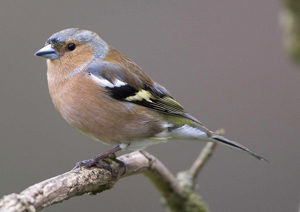Evidence of spread of emerging infectious disease, finch trichomonosis, by migrating birds.
Lawson, B., Robinson, R.A., Neimanis, A., Handeland, K., Isomursu, M., Agren, E.O., Hamnes, I.S., Tyler, K.M., Chantrey, J., Hughes, L.A., Pennycott, T.W., Simpson, V.R., John, S.K., Peck, K.M., Toms, M.P., Bennett, M., Kirkwood, J.K. and Cunningham, A.A. (2011)
EcoHealth 8 (2): 143-153
Abstract:
Finch trichomonosis emerged in Great Britain in 2005 and led to epidemic mortality and a significant population decline of Greenfinches, Carduelis chloris and Chaffinches, Fringilla coelebs, in the central and western counties of England and Wales in the autumn of 2006. In this article, we show continued epidemic spread of the disease with a pronounced shift in geographical distribution towards eastern England in 2007. This was followed by international spread to southern Fennoscandia where cases were confirmed at multiple sites in the summer of 2008. Sequence data of the ITS1/5.8S/ITS2 ribosomal region and part of the small subunit (SSU) rRNA gene showed no variation between the British and Fennoscandian parasite strains of Trichomonas gallinae.
Epidemiological and historical ring return data support bird migration as a plausible mechanism for the observed pattern of disease spread, and suggest the chaffinch as the most likely primary vector. This finding is novel since, although intuitive, confirmed disease spread by migratory birds is very rare and, when it has been recognised, this has generally been for diseases caused by viral pathogens. We believe this to be the first documented case of the spread of a protozoal emerging infectious disease by migrating birds.
Access the full article here







Share this page